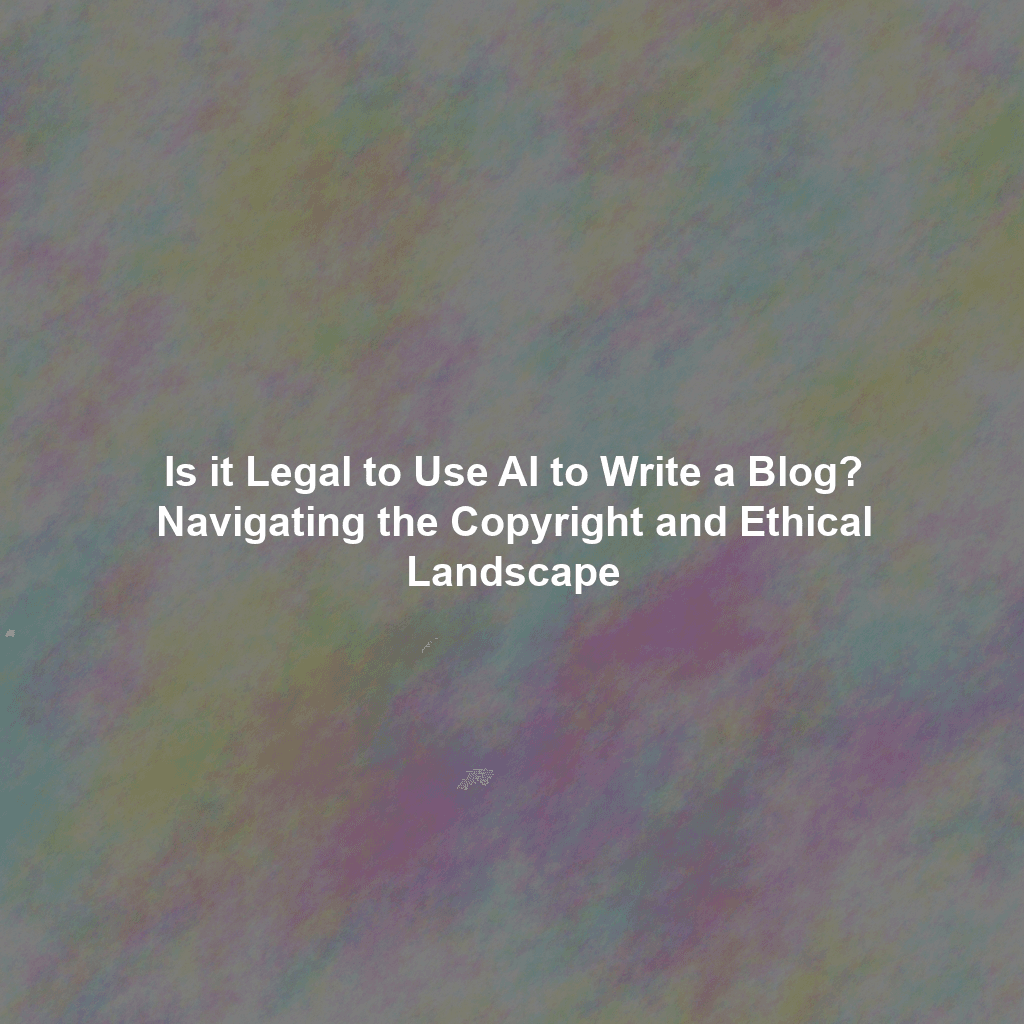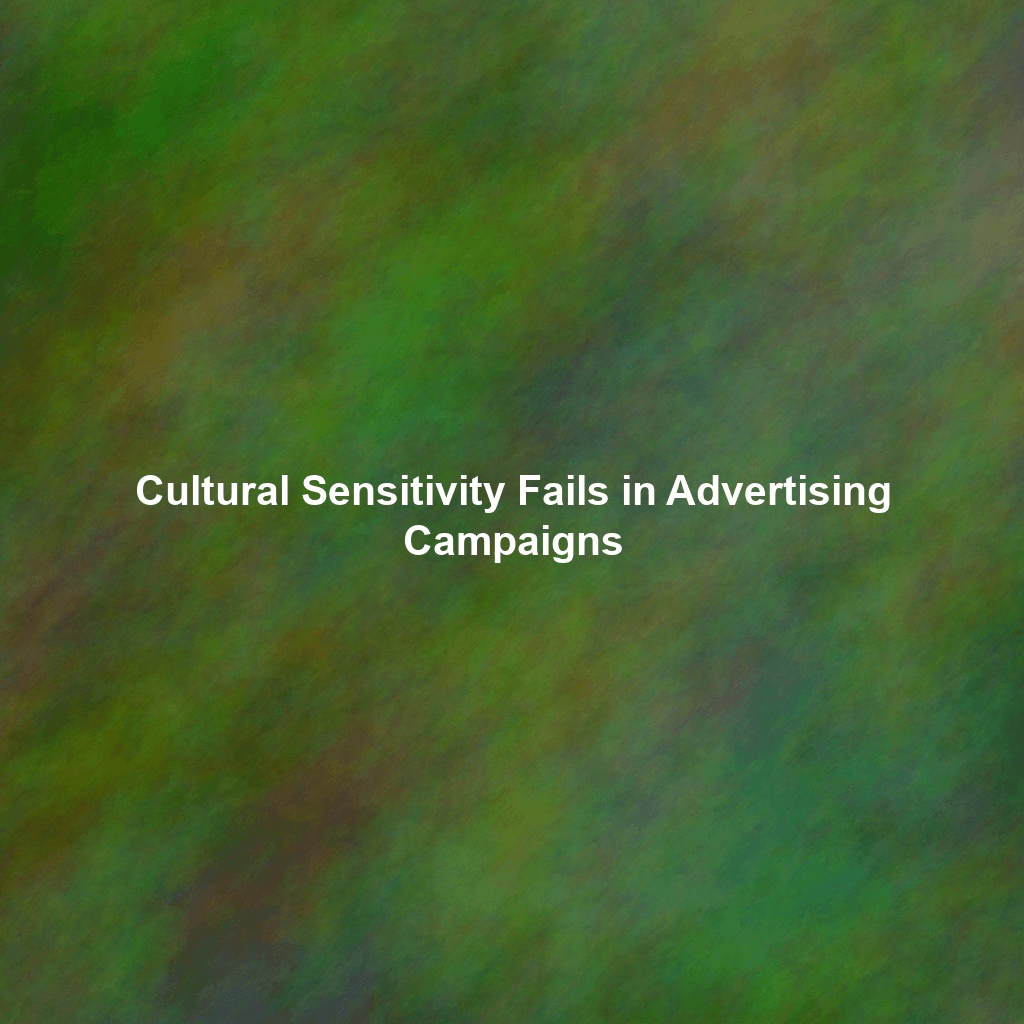The rise of artificial intelligence has revolutionized content creation, offering unprecedented speed and efficiency. For anyone involved in content marketing, the question inevitably arises: “Is it legal to use AI to write a blog?” The short answer is yes, you can legally use AI to write blog posts. However, the longer, more nuanced answer involves navigating complex and rapidly evolving legal and ethical considerations, particularly concerning copyright, ownership, and the very definition of “authorship.” As someone who values directness and analytical rigor, let’s cut through the noise and examine the core implications for your content strategy.
—The Fundamental Legal Principle: Human Authorship is Key
In the United States and many other jurisdictions, copyright law is built on the bedrock principle of “human authorship.” This means that for a work to be eligible for copyright protection, it must originate from human creative input. Works created solely by a machine, without significant human intervention, are generally not considered copyrightable. This principle was famously highlighted in the “monkey selfie” case (Naruto v. Slater), where a photograph taken by a macaque could not be copyrighted because a non-human entity was the “author.”
The U.S. Copyright Office has issued clear guidance on this: if a work contains more than a “de minimis” (minimal) amount of AI-generated material, the applicant must disclose that information, and those purely AI-generated portions will likely not be eligible for copyright protection. This means that:
- Purely AI-generated content: If an AI tool creates a blog post entirely on its own, with no human creative input beyond a simple prompt, that content typically falls into the public domain. It cannot be copyrighted by you, the user, or by the AI itself (as it’s not a legal person).
- AI-assisted content: If a human provides significant creative input—such as selecting, arranging, editing, modifying, or adding original content to AI-generated drafts—then the human-authored aspects of the work may be eligible for copyright protection. The more substantial and creative your contribution, the stronger your claim to copyright.
This distinction is critical. Simply prompting an AI to generate a full article, then publishing it verbatim, offers no copyright protection for that article. However, using AI to generate ideas, outlines, or initial drafts, and then heavily editing, expanding, and refining that content with your unique insights and expression, allows you to claim copyright over your human-authored contributions.
—Key Legal Implications and Considerations
1. Copyright Ownership and Enforcement
The primary legal implication of using AI for blog writing revolves around copyright. If your content cannot be copyrighted, you lose the exclusive right to reproduce, distribute, display, or perform that work. This means:
- Public Domain: Purely AI-generated content can be freely used, copied, and distributed by anyone else without your permission. You cannot sue for copyright infringement if someone copies a blog post that was entirely AI-generated.
- Protecting Your IP: To ensure your blog content is protected, you must ensure a substantial human creative contribution. This involves rigorous editing, adding original research, unique insights, personal experience, and strategic structuring that goes beyond mere AI output. This aligns perfectly with your drive to create high-value, expert-level content.
- Terms of Service: While most AI tool providers (like OpenAI for ChatGPT) state that users retain ownership of the output generated, this only applies “as between you and OpenAI” and “to the extent permitted by applicable law.” This does not override copyright law, which still requires human authorship for full protection.
2. Potential for Copyright Infringement (Training Data)
Another significant legal concern lies not in your output, but in the AI’s input. Many AI models are trained on vast datasets that include copyrighted material. This has led to numerous high-profile lawsuits (e.g., The New York Times vs. OpenAI) alleging that AI models infringe on copyrights by using copyrighted content for training without permission or compensation. While these cases are ongoing and the legal landscape is still forming, there are implications for users:
- “Memorization” and Reproduction: There’s a risk that an AI might “memorize” and inadvertently reproduce portions of its training data, potentially leading to copyright infringement on your part if you publish it.
- Derivative Works: If your AI-generated content is substantially similar to an existing copyrighted work, even if not directly copied, it could be considered an infringing derivative work.
To mitigate this risk, it’s crucial to always review AI-generated content for originality and potential similarities to existing works. Employing plagiarism checkers and relying on AI tools that emphasize originality (like Content Hurricane, which aims to generate unique, expert-level content) can help, but human oversight is the ultimate safeguard.
3. Accuracy, Misinformation, and Liability
AI models, while sophisticated, are prone to “hallucinations”—generating confident but incorrect information. This poses a significant liability risk for bloggers:
- Reputational Damage: Publishing inaccurate or misleading information can severely damage your brand’s reputation and trustworthiness.
- Legal Liability: If your blog post contains defamatory statements, provides harmful or inaccurate advice (especially for sensitive topics like health or finance—YMYL content), you, as the publisher, are generally liable. AI models are not legal persons and cannot be sued. Most AI tool terms of service explicitly shift this liability onto the user.
This underscores the absolute necessity of rigorous human fact-checking and expert review for all AI-generated content, especially for high-stakes topics where E-E-A-T (Experience, Expertise, Authoritativeness, Trustworthiness) is paramount. As a former CFO and CEO, you understand the critical importance of accuracy and accountability, particularly when communicating with an audience.
4. Transparency and Disclosure
While not a direct legal requirement in all jurisdictions yet, there’s a growing push for transparency in AI-generated content. The EU’s AI Act, for example, sets high standards for transparency and labeling. While the US doesn’t have a nationwide law yet, several states and industry guidelines are moving in this direction. This involves:
- Ethical Considerations: Many believe it’s ethically responsible to disclose when AI has been used to generate substantial portions of content.
- Building Trust: Transparency can actually build trust with your audience, demonstrating openness and mitigating concerns about authenticity.
- Future Regulations: Anticipating future regulations, it’s wise to consider establishing internal policies for disclosing AI use, especially as AI detection tools become more prevalent.
Ethical Considerations: Beyond the Letter of the Law
Legality is one aspect, but ethical considerations also shape the responsible use of AI in blogging. As a high-IQ individual who values reasoned disagreement and clear explanations, you appreciate that the “why” behind actions and outcomes extends beyond legal minimums.
1. Authenticity and Trust
Readers value genuine insights and unique perspectives. Over-reliance on AI without human value-add can lead to generic, uninspired content that fails to connect. The ethical imperative is to maintain authenticity and build trust with your audience. Your
 Skip to content
Skip to content

